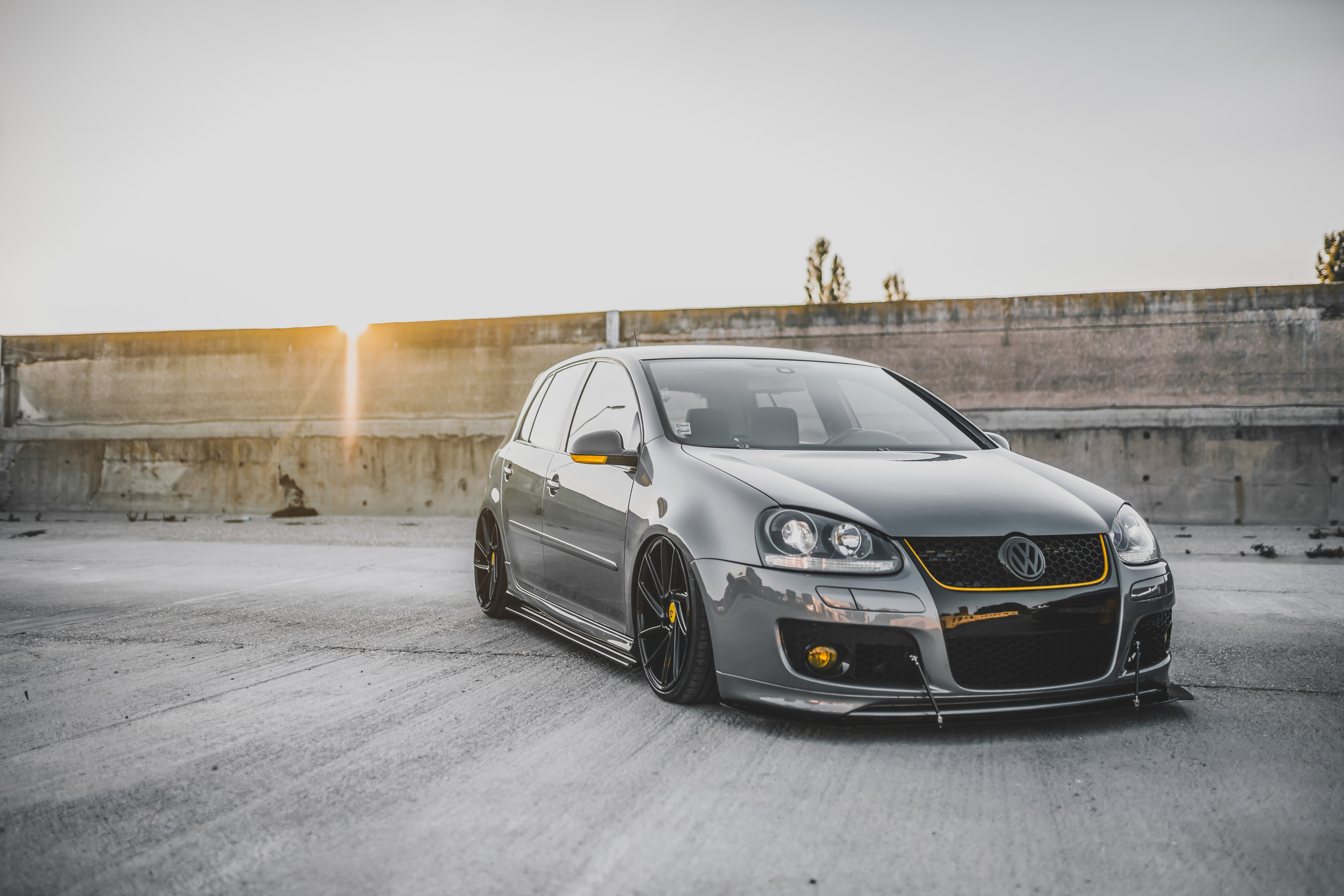The Unsung Heroes Design Engineers Behind 2024's Most Innovative Car Models

The Unsung Heroes Design Engineers Behind 2024's Most Innovative Car Models - Autonomous Driving Breakthroughs Tesla's Full Self-Driving Beta Program
From improving Autopilot features to enhancing the vehicle's neural networks and refining the visualization system, the FSD Beta has demonstrated incremental progress towards Tesla's goal of achieving full autonomy.
While Tesla and Elon Musk have set ambitious targets for delivering fully autonomous driving and a Tesla RoboTaxi service, the reality is that the progress has been gradual.
The latest FSD Beta versions have shown impressive improvements, particularly with the launch of Hardware 4 in 2023.
However, the most advanced version of Tesla's FSD is still in beta, and the company must continue to navigate the complex challenges of achieving true autonomous driving.
Tesla's Full Self-Driving (FSD) beta program has over 160,000 customer participants, making it the largest real-world autonomous driving testing program in the world.
This unprecedented scale of data collection is helping Tesla rapidly improve its neural networks and perception algorithms.
This allows the company's engineers to fine-tune the system's decision-making in complex, edge-case scenarios.
In 2023, Tesla launched its new Hardware 4 computer, which provides a significant boost in processing power and enables the FSD system to run more advanced neural networks.
This hardware upgrade is expected to unlock new levels of autonomous driving capabilities.
Despite the impressive progress, Tesla's FSD system is still in beta and requires active driver supervision.
The company is working to achieve a reliability level far exceeding that of human drivers, which may take additional time and regulatory approval in certain jurisdictions.
One of the key breakthroughs in Tesla's FSD development has been the use of generative adversarial networks (GANs), which allow the system to simulate complex driving scenarios and test its responses in a virtual environment before deploying updates to customer vehicles.
The design engineers behind Tesla's 2024 car models have played a crucial role in integrating the FSD hardware and software seamlessly into the vehicle's architecture, optimizing thermal management, and ensuring a cohesive user experience for the driver.
The Unsung Heroes Design Engineers Behind 2024's Most Innovative Car Models - AI-Powered Design Mercedes-Benz's MBUX Hyperscreen Technology
Powered by NVIDIA technology, this innovative technology offers an intuitive and personalized experience for both the driver and passengers, showcasing the tireless efforts of the dedicated design engineers behind it.
The MBUX Hyperscreen's impressive features, including its 12.3-inch digital instrument cluster, 17.7-inch OLED central display, and 12.3-inch passenger display, are a testament to the design team's commitment to pushing the boundaries of modern automotive design.
The MBUX Hyperscreen is powered by an impressive array of hardware, including 8 CPU cores, 24GB of RAM, and 464GB of memory, making it the most technologically advanced in-vehicle display system ever developed by Mercedes-Benz.
a 3-inch digital instrument cluster for the driver, a 7-inch OLED central display, and a 3-inch display for the front passenger, all seamlessly integrated into a single, visually striking unit.
The Hyperscreen's advanced artificial intelligence capabilities, powered by NVIDIA technology, enable it to learn and adapt to the driver's and passengers' preferences over time, providing a personalized and intuitive user experience.
Interestingly, the Hyperscreen's software architecture is based on a real-time microkernel, allowing for quick and responsive interactions, as well as the ability to seamlessly integrate new features and updates over the vehicle's lifetime.
Mercedes-Benz's design engineers have paid meticulous attention to the Hyperscreen's ergonomics, ensuring that the touch-sensitive controls and haptic feedback are carefully calibrated to provide a natural and intuitive user interface.
The Hyperscreen's advanced thermal management system, which includes dedicated cooling channels and strategically placed vents, ensures that the display maintains optimal performance even in the most demanding driving conditions.
More Posts from tunedbyai.io:
- →Ford's Design Future Analyzing the Impact of Anthony Lo's Unexpected Departure
- →Track Test 2024 Honda Accord vs Toyota Camry - The Ultimate Performance Analysis of Japan's Midsize Rivals
- →Top 7 Forza Motorsport Cars That Respond Best to Anti-Roll Bar Tuning in 2024
- →The True Cost of Car Wraps in 2024 Factors Influencing Prices for Different Vehicle Sizes and Styles
- →Optimizing OCR Data Collection 7 Temperature Calibration Techniques That Enhance AI Translation Accuracy
- →Mercedes G 580 EQ Examining the Technological Marvels of a 3-Tonne Electric Off-Roader